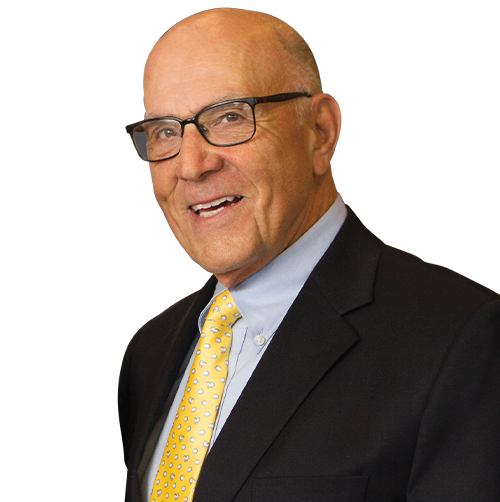
 Shop Login
Shop LoginChances are, the strongest and most lasting impression of your practice is created while patients are physically in the space. That’s why interior design is a great way to instantly communicate your brand identity. Unlike the ups and downs of a typical day, you can control that identity 100 percent. It also contributes to creating dependable, trustworthy experiences and memorable, lasting impressions.
Thinking about branding, especially as it pertains to ourselves, sounds lofty and intimidating but is actually pretty simple. Your brand is the authentic personality, values and message of your practice.
It’s a representation of your uniform standard of credibility and experience. In dentistry especially, the various elements of a practice’s brand should create an expectation of quality and underline your commitment to upholding it.
A good exercise to try is creating a brand statement. Think about who your patients are, what
value you add, why it matters and what makes you special. Then brutally condense it to only the most important ideas. For example: I am a pediatric dentist who provides comprehensive care for children of all ages and demographics in my community. I believe that positive oral habits should begin early to create a strong foundation for lifelong care, and that children
should create a link between the health of their mouth and the overall health of their body. I strive to personally connect and build rapport with each patient in an environment that feels casual, fun and accessible, so that oral care comes to seem like an enjoyable part of self-care.
Now, on a practical level, the best way to communicate that to the largest number of people—and reinforce it—is through mass media. Your website, logo, social media, advertising and other marketing efforts create awareness while reassuring existing patients about their choices. Yet there’s a lot of noise out there; only during actual visits do you command the lion’s share of their attention. Translating your brand also means curating your environment carefully.
Want accessible and friendly like our hypothetical pediatric doc? Avoid the stuffy framed diplomas, sliding glass windows and institutional waiting-room furniture of old. Instead, choose artwork that sends a positive message and comfy furniture. Add clear wayfinding signage. Swap out TVs for background music, and keep loud mills and distracting tech out of patients’ periphery.
Naturally, you’ll want to feature your logo prominently—but also subtly. Instead of a giant logo wall, choose one place (near the reception desk, say) to display it most significantly. Then use “branded touch points” to carry individual elements throughout your interior. Borrow pops of color from the logo and use them as accents on walls and hallways or even flooring. Take shapes and turn them into patterns for wallpaper or other graphics. Repeat logo elements on your team’s scrubs . . . or even something fun like custom sneakers.
While it takes some time to really think through, it’s important. A strong brand sets you apart, and that’s more important than ever since IDPs and entrepreneurial dentists are competing with well-honed brands like, say, Aspen Dental. More than that, psychology tells us people choose brands to reduce the discrepancies between who we are and who we want to be. Millennials actually consider their preferred brands to be part of their identities. So, when it comes time for people to choose a smartphone or SUV or health-care provider, your business stands a better chance of capturing their loyalty if your brand helps bridge the gap between their actual and ideal selves.
This article is an excerpt from a guest column by Melissa Sprau that appeared in Incisal Edge magazine.?
MELISSA SPRAU, NCIDQ manages Benco Dental’s team of CenterPoint designers. A graduate of Moore College of Art & Design, she has more than 12 years’ experience in facilities planning for a large health-care system and interior design with several architecture firms.
Everything about your dental office design, from the seats in your reception area to the cleanliness of your sterilization room, sends a message. Through your d[...]
For many young children, doctor appointments can be stressful and overwhelming, especially during their first visit. According to a University of Michigan C.S. [...]
In this series, interior designer Melissa Sprau, NCIDQ, guides dentists in some of the best designs and features for the future of their offices. Efficiency and[...]
IN RECENT YEARS, the standard for dental reception spaces has changed. Instead of mundane, sterile environments, the best reception spaces are reflective of a p[...]

CHIEF CUSTOMER ADVOCATE
Larry Cohen graduated from Wilkes College with a B.S. in Accounting in 1957 and Columbia University Graduate School of Business, earning an M.S. in Management and Finance, 1958. He served in the U. S. Army Reserve from 1958 through 1964.
He is the second-generation owner of Benco Dental Company, which was founded by his father, Benjamin Cohen in 1930.
Joining Benco Dental in 1959 as manager of the Tooth Department, in 1960, Larry became an outside sales rep, a position he enjoyed full time until 1972. Beginning that year, Larry began reducing his outside sales role and increasing his managerial duties, later becoming the president of Benco Dental from 1965 - 1996.
Larry is the Founder of the American Dental Cooperative; Board, American Dental Trade Associate, plus Various ADTA committees. He sits on the Board of Wilkes University, Board of Visiting Nurses Association and the Board of Jewish Community Center.